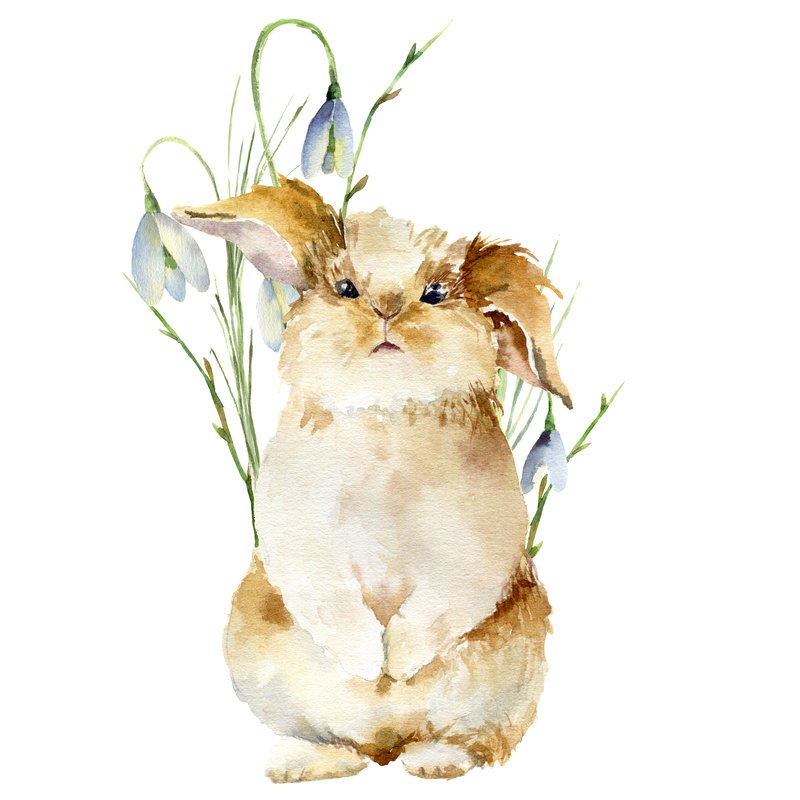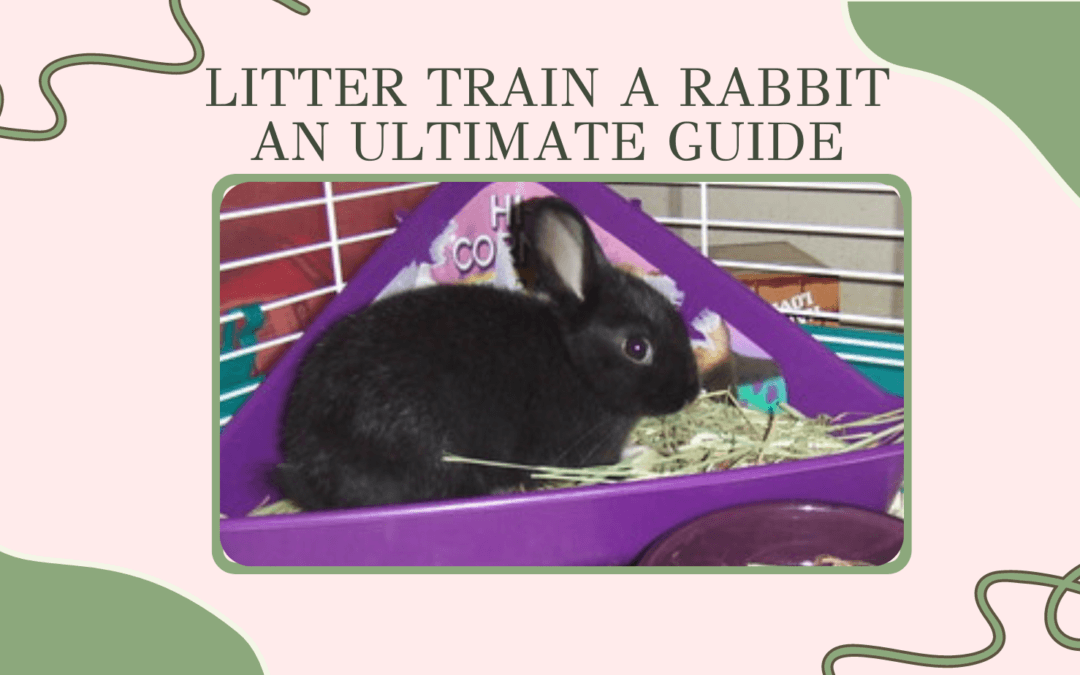Is it possible to litter train a rabbit? Absolutely! Contrary to popular belief, rabbits are not messy pets. With patience and commitment, you can litter train rabbit. Once you train rabbit to litter box, you won’t have to endure rabbit’s urine and poop all over your house. It is also beneficial to your bunny’s health.
Know the importance of litter training your rabbit through this blog post. We will also guide you on making your bunny urinate and poop in its rabbit litter box. If you are ready to litter train your bunny, keep reading to learn more!
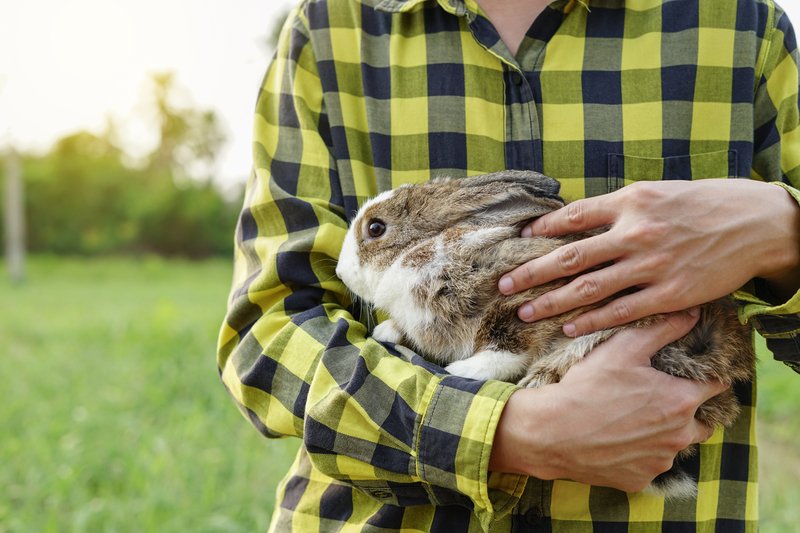
Reasons Why You Need to Litter Train a Rabbit
Litter training helps you monitor your rabbit’s health
One of the reasons why you need to litter train rabbit is because it helps you monitor its health. Mushy droppings may indicate that your bunny is suffering from diarrhea. If the bunny’s poop is too small, it may be a sign of stress or insufficient food. Since the bunny is doing its business in one spot, it is easier for you to detect any health issues.

Most bunnies love to have rabbit litter boxes
It may not be evident since rabbits are quiet pets, but they love to have a rabbit litter box. Most of these furry pets value their own space and privacy. They find it comfortable and relaxing to spend time in their litter boxes. So, don’t be surprised if you see them eating, playing, and sleeping in their tiny, happy place.
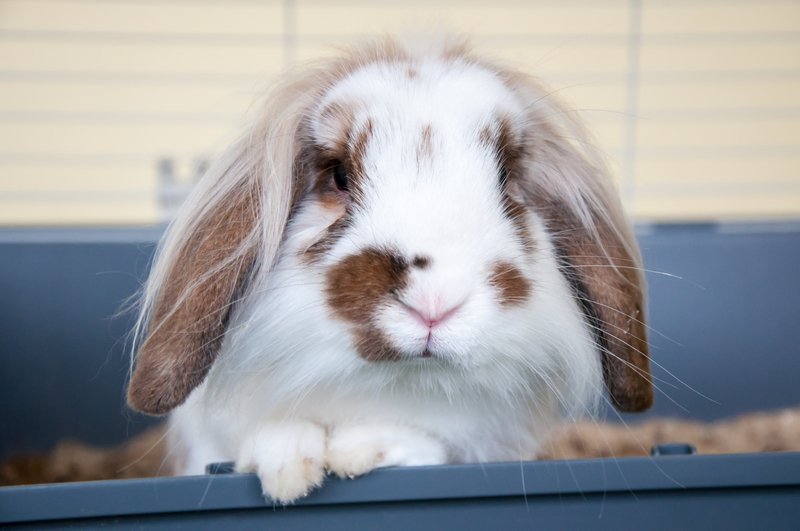
It gives you peace of mind
Rabbit owners are concerned about their bunnies peeing on their couches and carpets. But if you start to train rabbit to litter box, you won’t have to face these problems. Wherever your bunny hops and runs around inside your house, you are sure it won’t leave any mess.

Rabbit Litter Box
A litter box prevents the rabbit from having contact with its urine. The type and size of the litter box will affect the comfort your bunny is experiencing. Picking the wrong litter box may discourage your pet with its litter training.
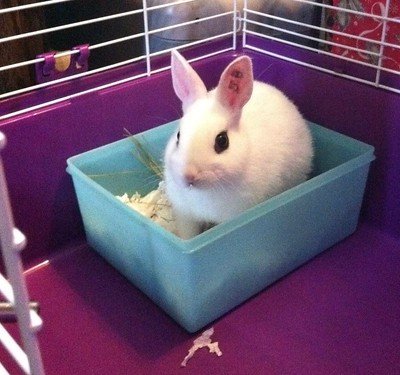
Type
There are different litter boxes: corner, rectangular, low-rise, and wire racks. A corner litter box is ideal for tiny bunnies since it has a low side, making it easier to hop in and out of the litter box. Besides, it also has a high back that prevents litter from slashing out of the rabbit litter box. However, it is too tiny for giant bunnies.
Another type of litter box is the rectangular one. The basic version is a plain rectangular plastic pan with low side walls. Because of its design, this litter box is easy to clean. The space is also large enough to accommodate more than one rabbit. The only problem is that the bunny’s poop tends to smear on the side walls whenever it hops out of the litter box.
A low-rise litter box is easy to access since it is designed for old and disabled rabbits. It usually has a low front and high back so the bunny won’t have to hop. Litter boxes with wire racks prevent the bunnies from touching the litter. They can be installed on any litter box.
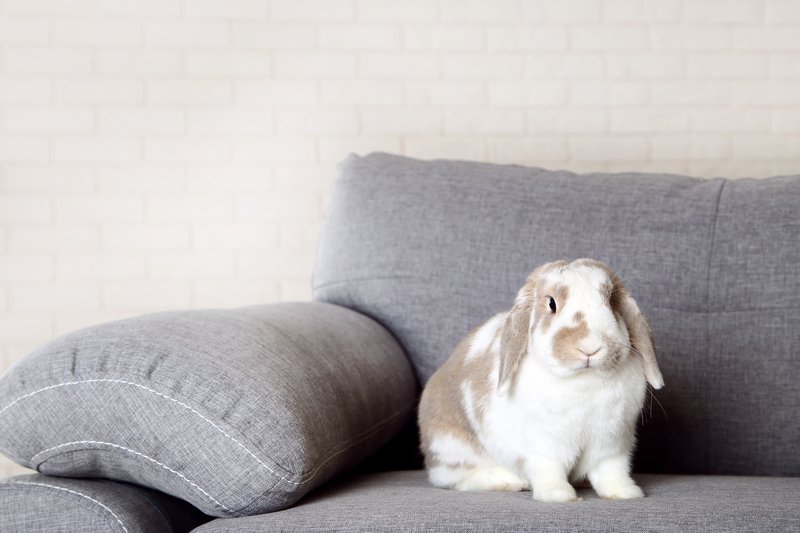
Size
The size of the litter box you need will depend on your bunny’s height and weight. For small rabbits, the minimum size is 16” by 11.8”. Bunnies under four pounds fit in medium litter boxes. Rabbits under ten pounds must be on large pans, and those over ten pounds are for giant litter boxes.
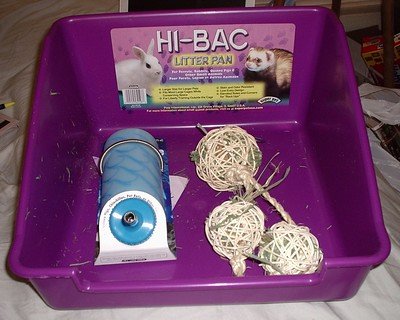
Litter
Bunnies have sensitive skins. Thus, you must choose the perfect litter before you train rabbit to litter box. Factors to consider are absorbance and odor control. Best options include aspen shavings, paper-based pelleted litter, and shredded paper. You can also use compressed sawdust pelleted litter and paper-based bedding.
However, there are litters you should never put in the rabbit litter box. Examples are scented litter, clay litter, and pine or cedar shavings. They have chemicals that can harm your bunny. Pine or cedar shavings have phenols that can damage a bunny’s liver. Meanwhile, scented litters can result in respiratory issues. On the other hand, clay litter may cause blockage.
In terms of the amount of litter your rabbit needs, it depends on the absorbancy of the litter. Pelleted litters are high-absorbent, so you don’t have to use too much of them. However, aspen shavings and soft bedding have low absorbency, so you have to put more of them in the litter box.

Steps to Litter Train a Rabbit
Step 1: Set up the litter box
First, place the litter in the litter box. You don’t have to fill it since rabbits don’t bury their droppings, unlike cats. Put enough amount to absorb the wetness of its urine and control its odor. Once you are done, place hay at the top of the litter. Rabbits love to eat even while they are pooping. They would also be attracted to the smell of the hay.

Step 2: Place the litter box on the preferred spot of your bunny
If your bunny is inside the enclosure, find where it usually does its business. Once you have found the spot, place the litter box on it. If your bunny is free-roaming, look for the areas it poops and urinates. Place more than one litter box, if necessary. However, a rabbit inside the cage is faster to learn than those outside their enclosures.

Step 3: It is time to litter train a rabbit!
Once you have placed the litter box on the spot, you can now litter train rabbit. Your pet may not recognize its litter box yet, but don’t give up. Instead, put its urine and droppings inside the litter box, so that it may notice its potty space. You can also help your bunny by knowing its body language. When it is about to poop, scoop it up and place it inside the litter box.

Step 4: Clean the litter box regularly
Keeping the litter box clean is vital to your bunny’s health. It will prevent parasites from infesting your furry pet. Aside from that, rabbits don’t like a messy litter box. Once the litter box is dirty, they won’t use it. Change the hay and the litter at least once every other day. Also, wash the litter box every two to four weeks with water and vinegar.
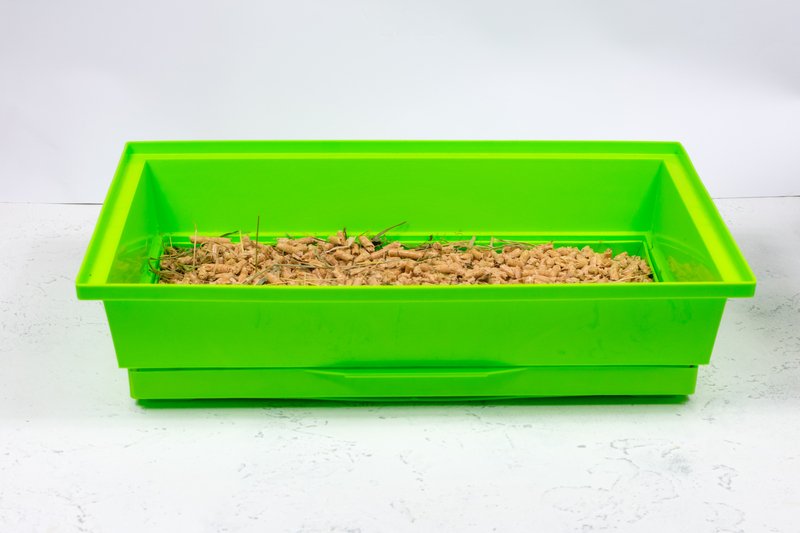
Solving Common Litter Training Problems
Problem #1: Bunny keeps on kicking the litter out of the litter box
You may notice that as you train rabbit to litter box, it keeps kicking the litter out of the box. It doesn’t mean that it hates litter training. But as clean animals, rabbits don’t like soiled hay and litter. It is trying to clean the litter box by removing wet and messy litter. You can solve this problem by changing the litter and hay at least once daily. Also, tidy the cage at least once a week.
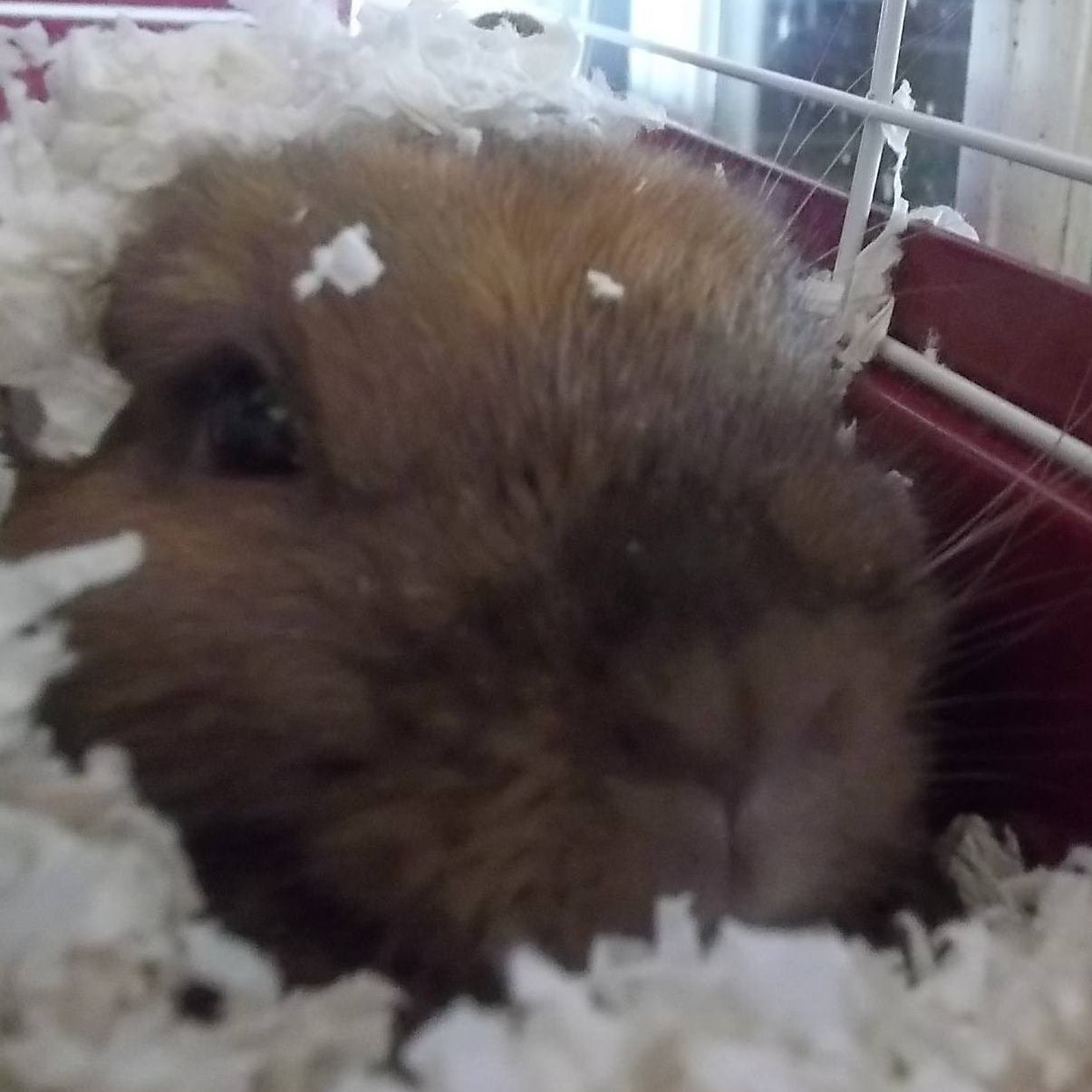
Problem #2: Bunny pees on the edge of the litter box
Your bunny may keep urinating on the edge of the litter box because it is too small for its body. When a rabbit feels uncomfortable, it won’t use its litter box. To solve this problem, you can get a larger rabbit litter box. Another cause is the design of the litter box itself. It can make it difficult for your bunny to urinate inside.
Some alternatives you can use are a high-sided litter box or a covered-litter box. Rubbermaid storage containers with higher sides and urine guards are also good options. They provide a comfortable litter box for your bunny.

Problem #3: The rabbit doesn’t want to urinate inside its litter box
Like other animals, rabbits are territorial. Thus, they mark their territories by urinating in different places. Unspayed and unneutered bunnies often urinate around because of their hormones. It is also more challenging to litter train them because of their behavior. Before you litter train rabbit, it’s better to have it spayed or neutered.
You can solve this problem by providing an exercise pen since it will limit the rabbit’s movement. Thus, it will be easier to train rabbit to litter box. Your pet can recognize the use of its litter box. Once it starts using the litter box, you can provide a larger space. Remove the exercise pen when your bunny regularly uses the litter box.

Frequently Asked Questions
What type of hay is best to use to litter train rabbit?
The best type of hay to use is timothy hay. It is rich in the nutrients needed by the bunnies. But make sure that the hay is fresh and free from pesticides. You must also change the hay with fresh ones every day.

Why does my bunny keep on pooping around its rabbit litter box?
Your bunny may poop around its litter box due to urinary tract infections or arthritis. Other causes are behavior-related or territory-related.

Is it easier to litter train a rabbit if it is old?
Older rabbits are easier to litter train compared to younger ones. It is because they are more obedient to their owners. You can also train younger rabbits, but you have to be patient since they have a shorter attention span. As they grow older, they are easier to train.

Conclusion
You may find it challenging to litter train a rabbit. However, it is beneficial to you and your furry pet. But before you start to litter train rabbit, you must provide it with a suitable litter box and litter. In choosing the materials, your priority is the safety of your bunny. With your patience, you and your pet will earn the fruit of your effort and determination.
Read More
